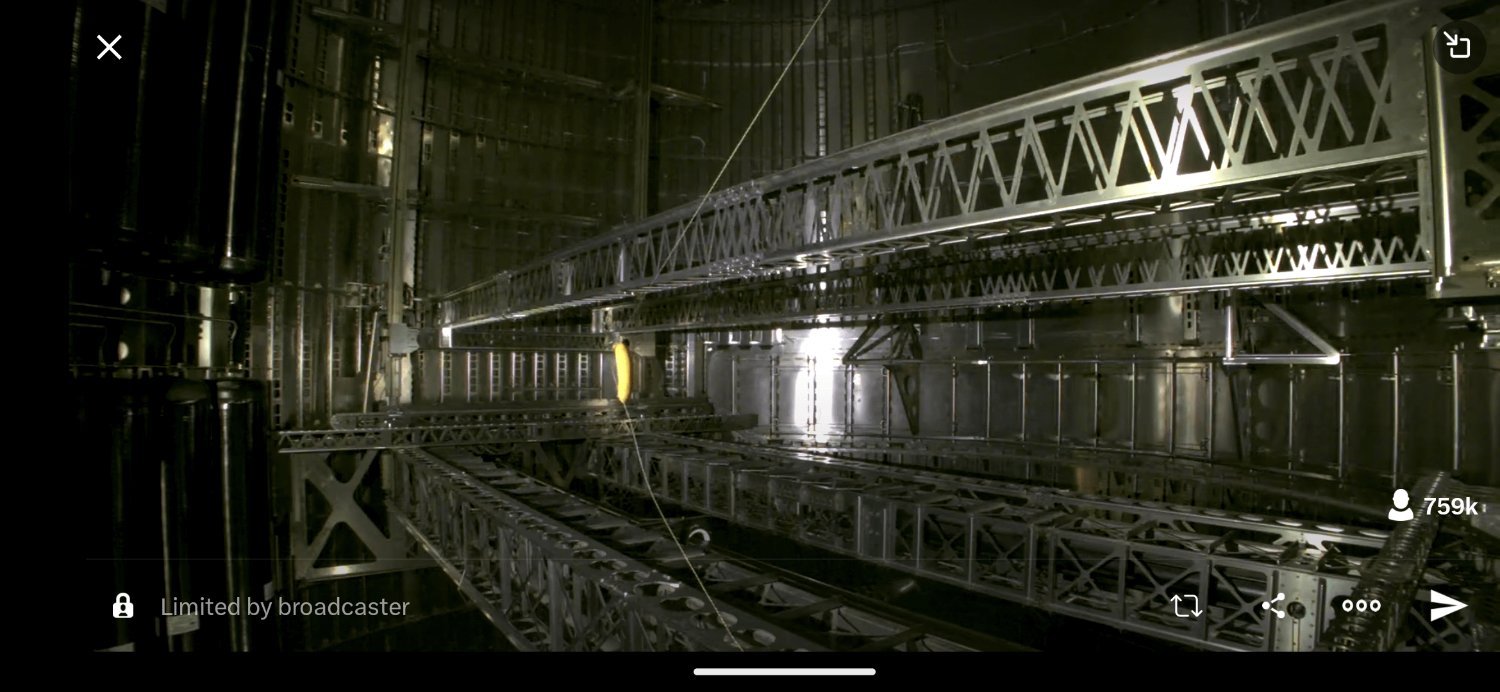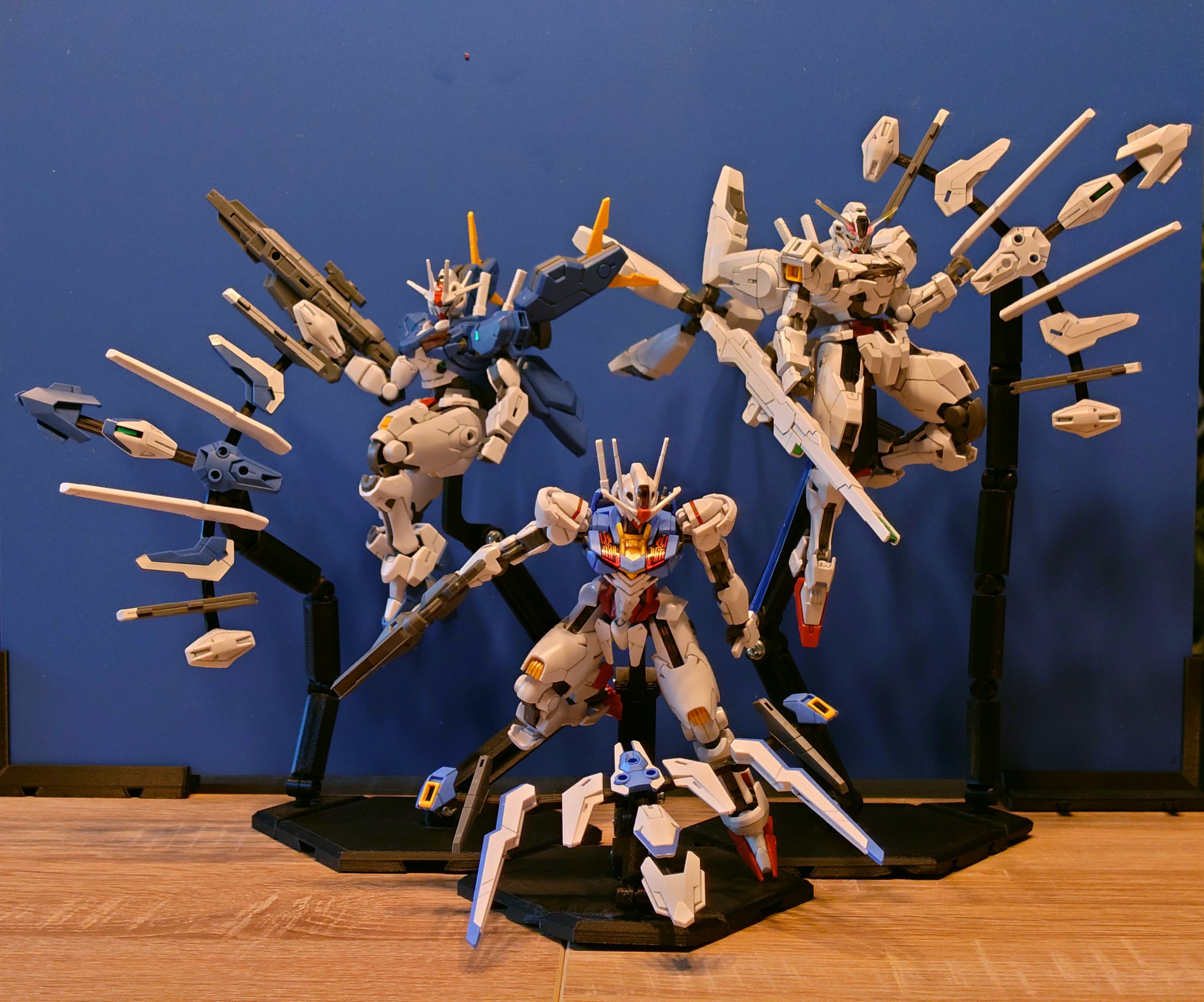I would think it'd make it more likely that you're discovered when you turn your star into a black ball with a gigantic IR signature where a star should be. Any civilization with a cursory understanding of gravity and stellar spectra would turn every telescope they have on you.
Bimfred
The average velocity across the entire trip would have to be several hundred km/s. Average. Peak velocity would have to be a lot higher, to account for acceleration and deceleration. They're claiming to have built a torch drive that beats the thrust power of all other (currently existing or in early development) propulsion methods by an order of magnitude. Extraordinary claims require extraordinary evidence.
The centripetal acceleration. It's going to ramp up fast. There's also the concern of what's gonna happen to the payload when it's released, exits the vacuum chamber and smacks right the fuck into the dense low-level atmosphere at a significant Mach number. Cause that's what has to happen if the goal is to reduce the need for onboard propellant.
I'd imagine having the propellant tanks, plumbing, valves and engines survive 10,000Gs without crumpling or deforming to the point of failure is going to be a bit of an issue. Any thin and lightweight structures like foldable solar panels (and their deployment mechanisms) are also going to be tricky.
The Chronicles of St. Mary's is an entire series of historians "investigating historical events in contemporary time." Don't call it time travel. They don't like that term.
It's hard to tell, but I don't think it's from IFT-6. The banana cam gave us a view inside the payload bay and the reinforcing structures look a little different.

I believe the truss that the banana is strapped to is the same as the one running along the lower edge of the OP image. But if you look at the reinforcements noseward, the OP shows a closer arrangement of three ribs with cross-braces in-between, whereas the IFT-6 image shows more regularly spaced ribs with no extra bracing. The ribs themselves look different, with a uniform line along the entire inner side in the OP, and a shallower middle segment on OFT-6. The OP's low resolution makes it difficult to tell, but I think it's also missing a lot of the lengthwise stringers that SpaceX added on the later ships.
EDIT: I may be talking out of my ass. Had a look at IFT-3 and the view towards the payload door shows the same reinforcing structures as IFT-6. So it's possible that the OP image is from farther up the payload bay, the ribs we're seeing are reinforcing the flap hinges, an area that's not visible in the banana cam. We didn't get a payload bay view for flights 4 and 5, so can't compare those.
EDIT 2: The OP image is definitely farther up the payload bay, looking at the hinge area that we didn't see in other bay views. There's no telling whether or not it's from the 6th flight, based on the publicly available images.
They shouldn't try to land their reusable rocket as early as possible? Kinda not conducive to the whole idea of being reusable, don't you think?
The production lines are shut down and any custom tooling has had its materials reclaimed to make other things. The institutional knowledge, the little bits that never got written down in the blueprints or manufacturing instructions, it's all gone. The people who worked on that rocket and its components are dead or have been working on something else for the last 50 years. How well would you remember some little tidbit of information that you last needed half a lifetime ago?
People love bringing up that Starship was supposed to be doing round trips to the Moon and Mars by now, but when has anything space ever been on budget, in time, and working perfectly on the first try? Every new launch vehicle takes longer and more money than initial optimistic predictions state. Damn near every probe and telescope is years over deadlines and often a significant percentage of first estimates over budget.
I dunno, looks like the ankles should have good range of motion. If it's enough to be able to plant both feet flat on the surface, I think it'll be at least acceptable at standing poses.
The design is dope, but the HG kit is gonna be absolute sticker hell. Or they might just abandon the idea of color accuracy without paints entirely. Those dabs of yellow all over the place, the trim on the torso, pretty much all of the head that isn't red or white.
Right now? Effectively infinity dollars. Or Euros. Or Dongs. Regardless of the currency used, really. The only operational launch vehicles that have the diameter and payload capabilities to put up modules of comparable size are the SLS and Vulcan Centaur. Everything else comes up short in size, payload, or both. But getting the modules up there is only step 1, they also need to be attached. For the ISS, the Shuttle's Canadarm was used to actually assemble the station in its early stages. Nothing currently operational has that capability.
Of upcoming launch vehicles, New Glenn and Starship are both capable enough in both size and payload. But of all the options, only Starship could be equipped with something like Canadarm. Starship is an orbiter with a payload bay. Everything else's second stage is just engines, tanks and a payload adapter for simply deploying something into orbit.
You might ask "Why not design the modules to dock and assemble the station autonomously?" It's a valid question, but it comes down to two things: complexity and mass. Every module would need its own full suite of guidance and control systems. And they'd be used only when a module is maneuvering to meet with the rest of the station. That's a lot of mass wasted on something that only gets used once, mass that could've been put into making the module itself bigger. There's also the issue of any leftover propellants and their residues on the module exteriors. It's practically inevitable that some residue from the thrusters will end up on the connecting surfaces of the modules. A lot of the common orbital maneuvering propellants are toxic as fyuck and you don't want any of it near unprotected people. And any residue could interfere with getting a firm seal between modules.
Another thought is to put something like Canadarm on the first module, but that also wouldn't really work. Soon as it tries to move a second module into position, the two nearly equivalent mass objects would start tumbling around the common center of gravity, putting the entire proto-station into an uncontrolled spin on several axes. Stopping it would require, once again, thrusters.

Deeper IR, microwave and radio. Within a galaxy, redshift can be ignored. In another galaxy, the issue is moot, you don't need to worry about them and they don't need to worry about you.
Our current scopes can pick up brown dwarfs with a surface temperature below freezing. An object the diameter of a planetary orbit, with the gravitational effect of a main sequence star and giving off just black body radiation is gonna stick out like a neon "Interesting stuff here!" sign the moment someone does a long wavelength survey of your general region.
Even if you build a swarm instead of a solid shell, you're still going to shift the star's apparent spectrum towards IR, from the swarm radiating waste heat. A star whose mass, diameter and emission spectrum don't match up with the math is inviting investigation, regardless of how you try to mask what you've been doing.